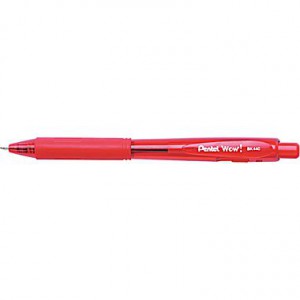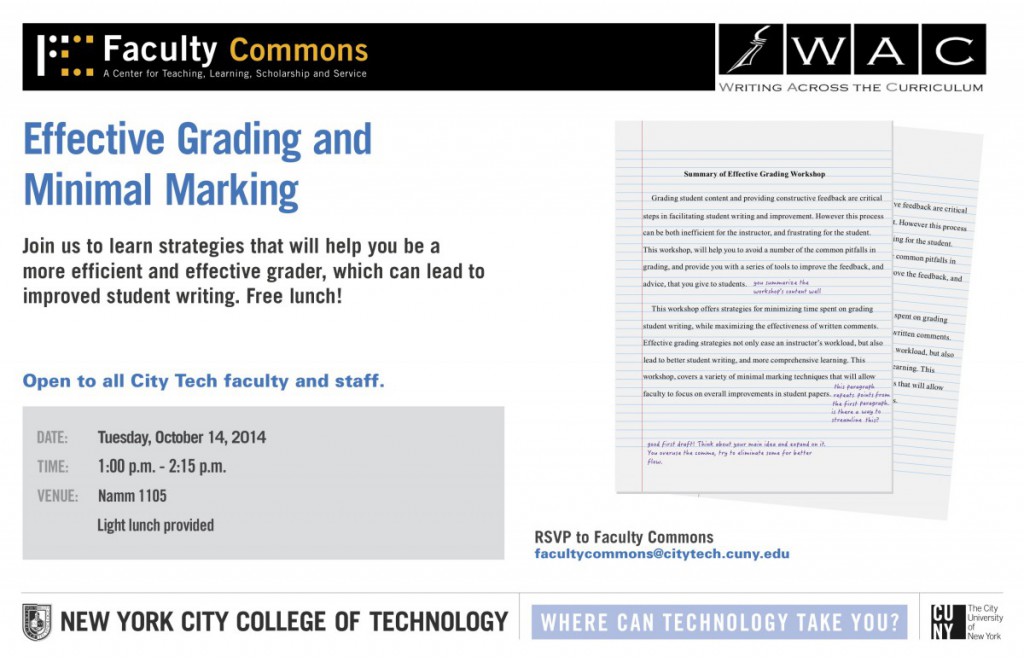In the classic work Pedagogy of the Oppressed, Paolo Freire articulated a radical critique of what he called the “banking model” of education. In this model, Freire argued, teachers “deposit” information into the minds of students, who are seen as passive recipients rather than active participants in the process of learning. Against the authoritarianism of the banking model, Freire offered an emancipatory vision for education, one that sought to overcome the student-teacher dichotomy and to replace the transmission of information with a “problem-posing” approach. Foregrounding the validity of student experience and emphasizing the posing of problems over the transmission of information empowered students as agents in their own education. “Problem-posing education,” Freire wrote, “affirms men and women as beings in the process of becoming – as unfinished, uncompleted beings in and with a likewise unfinished reality” (1970, 84). The role of the educator, in this view, is not to mold students into certain expected outcomes, but to help them become attuned to their own process of becoming. Freire recognized that education itself is a political process, the structure of which plays a central role in the reproduction of broader relations of power and oppression. A more democratic pedagogy, one that challenges the teacher-student and active-passive dichotomies, would empower students as agents of change, not only in the classroom, but in the world at large.
In many ways, WAC pedagogy is informed by the democratic ethos of Freire’s “problem-posing” education. WAC pedagogy views learning as an active process grounded in “critical thinking,” and writing as an integral aspect of that process. As John Bean suggests, awakening students to problems and encouraging them to engage them lies at the core of teaching critical thinking (2011, 3). Moreover, in WAC philosophy, understanding is not derived from the passive process of memorizing and internalizing information, but comes from actively engaging with course material. Writing is seen as a prime vehicle for this engagement, creating a space where students become agents in the process of knowledge production. Therefore, implementing WAC principles can have a democratizing effect in the classroom, as students experience agency and voice in the process of writing. In this sense, WAC emphasis on “critical thinking” and the student-oriented qualities of “writing-to-learn” can be seen as part of a broader project of emancipatory education.
Although the radical language of emancipation has been displaced by a more technocratic jargon of best practices, writing pedagogy has largely embraced the ideas that underpin Freire’s “problem-posing” education. And yet, despite the ways in which writing instruction has democratized the classroom, student assessment has often remained stuck in the more authoritarian mentality of the banking model. I would suggest that there is now a disjuncture between the more processual and recursive understanding of the writing-learning process, and a system of assessment that reduces student effort and engagement to a single quantifiable metric. Even as we endorse a more student-centered understanding of learning, we participate in the reproduction of a system of grading that sees learning and assessment as independent rather than interconnected. It is as though there is a disconnect between our ontology of learning and the epistemology that informs how we evaluate it.
To begin to think about how we might begin to bring our process of assessment in line with our understanding of learning, it is worth considering why we assign grades in the first place. The “A-F” system itself is somewhat arbitrary, but there are at least four reasons that proponents often give for why we grade student work. First, grades have a communicative function, providing students with feedback about their performance in a class, or on an assignment. Second, grades provide an incentive structure intended to motivate students to do the work asked of them. Third, grades provide a simple, quantifiable metric of performance that enables teachers (as well as colleges and employers) to compare students to one another. Finally, grades are thought to perform an evaluative function, providing information about the quality of student work.
Do grades actually perform these functions? A review of the research on grading suggests that the validity of these assumptions is questionable at best. First, receiving a letter grade does provide feedback to students about their performance, but on its own, a grade provides no indication of the rationale, and as a consequence, does not link performance and assessment in a manner conducive to student improvement. Written feedback can be effective in communicating areas for development, but attaching this feedback to a grade often discourages students from even reading the feedback. Second, rather than increasing student motivation, a number of studies suggest that grades as an incentive, especially for creative tasks, may reduce intrinsic motivation to learn, undermine performance, and increase anxiety. Third, grades do enable comparison, but the practice still begs the question what is being compared and why? On the one hand, grade inflation and the subjective nature of assessment undermine the reliability of grades as a metric of student performance. On the other, because they “flatten” students to a single category, grades ignore the diversity of student experiences outside the classroom and reproduce patterns of oppression (Inoue 2019). Finally, and perhaps most importantly, counter to their basic premise, grades do not provide an “objective” evaluation of student work. This is true even of multiple-choice assessment, since teaching method, exam construction, and student backgrounds all influence student performance. These problems are exacerbated by the undeniable subjectivity and bias introduced in evaluating written and creative work.
As instructors, we are often obligated to assign grades by our institutions, but are there strategies for assessing student writing that contribute to the learning process rather than undermine it? Are there ways in which the democratic ethos that informs our writing pedagogy might also inform our assessment practices? Briefly, I would like to suggest that there are. In the remainder of this post I want to briefly offer a few strategies that not only serve to democratize the assessment process, but can also improve the communicative, motivational, comparative, and evaluative functions we often ascribe to letter grades.
Transparency: Given the subjectivity involved in assessing student writing, we should be as transparent as possible about our expectations for students, and our processes for assessing their work. Using rubrics is one way to both communicate our expectations to students and to keep ourselves accountable and consistent in our assessment of student work. For rubrics to be most effective, they should be provided to students at the outset.
Feedback Timing: Instructors often provide students with comments on written work in addition to the letter grade. Written feedback is an excellent way to communicate to students what they have done well, what they could develop further, and how they might go about revising. However, providing such feedback once a grade has already been assigned does not give students an incentive or opportunity to actually respond to the comments. By limiting substantive comments to earlier drafts, we can give students an opportunity to respond to our feedback and to develop their ideas more fully before they are evaluated. Feedback given on earlier drafts that identifies a few primary areas for improvement gives the student a concrete direction forward for developing subsequent drafts. As members of the academic community we know how crucial feedback is to developing our ideas, but in the classroom we often do not give students the same courtesy we offer to our colleagues.
Peer-Review: Peer-review workshops where students speak about their own work and receive suggestions and feedback from their colleagues can be a valuable way to elevate student perspectives and strengthen final drafts. The effectiveness of such workshops depends, in part, on how they are structured; providing explicit instructions that guide student feedback on a few aspects of the rubric can help focus discussion. For example, asking students to do a reverse outline of their peers’ work can help students identify ways to improve the structure and organization of their writing. Peer-review also gives students a sense of accountability to one another that may help incentivize on-time submission of work.
Self-Reflection: Asking students to provide evaluations of their own work can be helpful for a number of reasons. In giving insight into the challenges students face, self-reflections can facilitate more targeted comments that are tailored to the needs of individual experiences. Additionally, self-reflections can help instructors to understand how much time students spend on assignments and whether some of the difficulties may have stemmed from the assignment design itself. Finally, students often write more clearly when they do not feel pressured by the task of a formal writing assignment. By asking for an informal reflection, students often have a chance to talk about their ideas freely in a manner that can be helpful for instructors in deciphering student intent in formal papers. Because grading is subjective, and because student experience is so diverse, having insight into the writing process can be a helpful tool in assessing what kind of feedback would be most helpful for developing an improved draft. Moreover, it gives students the sense that their experience matters.
The mismatch between commonly understood reasons for grading and the mixed empirical evidence about whether grades fulfill these objectives, suggests that we need to rethink student assessment. The institutional inertia of our current grade system is immense (although it appears to be changing), but transparency, feedback before grades, peer review, and self-reflection are all practices that align with a the democratic ethos of WAC writing pedagogy. More importantly, we need to ensure that the reasons we assess correspond to the reasons we teach. I teach because I want to help students foster their curiosity about the world, identify and think critically about substantive problems, and develop a sense of empowerment in their own process of becoming. WAC pedagogy, in emphasizing the processual and recursive aspects of the writing-learning relationship, and in privileging ideas and engagement over presentation and product, seems well-suited to these aims. A grading system that reduces the complexity of student experience and engagement to a single letter arguably does not. As we revise our syllabi to incorporate practices of informal writing, scaffolded assignments, and revision, we often cling to a mode of assessment that reflects the rigidity and depersonalization of the banking model of education. Moreover, when the expectations, standards, and process are not fully transparent, we run the risk of reproducing authoritarian tendencies in the classroom that seem at odds with the democratic ethos of WAC pedagogy. To the extent that we deem critical thinking a foundation of substantive pedagogy, we should imagine practices of assessment that can reflect and strengthen this foundation.
Freire, Paolo. 1970. Pedagogy of the Oppressed. New York: Continuum.
Inoue, Asao. 2019. Labor-Based Grading Contracts: Building Equity and Inclusion in the Compassionate Writing Classroom. Fort Collins: The WAC Clearinghouse and University Press of Colorado.
Kohn, Alfie. 1994. “Grading: The Issue Is Not How but Why.” Education Leadership 52(2): 38-41.
Shinske, Jeffrey and Kimberly Tanner. 2014. “Teaching More by Grading Less (or Differently.” CBE Life Sciences Education 13(2): 159-166.






